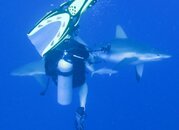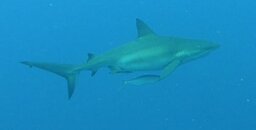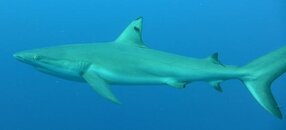Mike
Contributor
1 dive at the blue hole or 3 dives at half moon caye? I'd gladly have skipped the blue hole and it's ho hum, yawn, dive and enjoyed an extra dive at half moon caye where there was actually something to see and to do and enjoy a long bottom time instead of a bounce dive to see some rocks.






